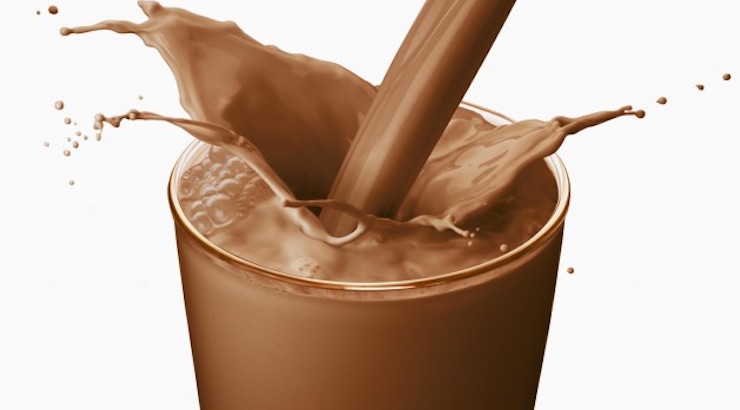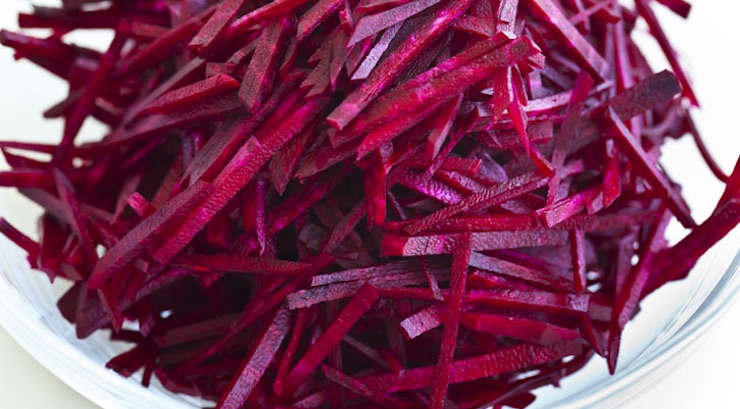Traveling for a Tournament? Focus On Carbs “To Go”
The latest Sports Nutrition News from Nancy Clark: What to eat when traveling.
Traveling presents challenges for athletes who need healthful, carbohydrate-rich meals and snacks. All too often, traveling athletes seek convenience and fuel themselves on whatever happens to be easiest at that moment. Unfortunately, the nearest convenience store, deli, or quick service restaurant can easily contribute to a high-fat diet of donuts, french fries, nachos, burgers, and other greasy foods.
When traveling, you may rationalize you “deserve” this convenient treat (because you are tired, hungry, stressed, anxious, lonely, bored, or any combination of these), but eating too many fatty foods hurts performance. Fat fills the stomach but fails to fuel the muscles. While an occasional high fat meal is unlikely to interfere with top performance, a steady fast-food diet can keep you out of the winner’s circle.
The following suggestions can help you plan a high carb sports diet when you are eating on the road.
Important Tip: Always eat a hearty breakfast on travel days. This prevents you from getting too hungry—at which point you’ll be tempted to eat the “wrong foods.” Breakfast invests in your ability to wisely choose wholesome carb-based foods the rest of the day.
 BREAKFAST
BREAKFAST
At a restaurant, choose whole grain cereal, granola, oatmeal, french toast, blueberry pancakes, whole wheat toast, and/or a bagel. Add jam or syrup for extra carbs. Request butter “on the side” so you can limit the amount.
• Order a large juice (such as orange, grapefruit, tomato, or V-8) for vitamin C and potassium. Juice helps compensate for a potential lack of fruits or vegetables in the other meals.
• At a hotel, you can save time and money by packing your own cereal, fruit, and a spoon. (A water glass can double as a cereal bowl.) Either bring powdered milk or buy lowfat milk (and a banana) at a local convenience store.
 LUNCH
LUNCH
Find a deli or restaurant that offers whole grain breads and request a sandwich that emphasizes the bread rather than the filling. “Hold the mayo” or get it “on the side” and use just a little bit—or, instead, add mustard, ketchup, sliced tomatoes, and lettuce for moistness. Boost carbohydrates by choosing soup (noodle, vegetable), juice, yogurt, fruit, pretzels, energy bar, and/or frozen yogurt.
• At quick service restaurants, choose baked potatoes, chili, thick crust pizza, or bean burritos instead of burgers, fried chicken, french fries, nachos, and other foods that have a high fat content. Request extra bread or rolls.
• At a salad bar, generously pile on beets, corn, chick peas, three-bean salad, and toasted croutons. Fill up on whole grain breads instead of high-fat salad dressings or pasta and potato salads smothered in mayonnaise.
• Hearty soups (such as split pea, minestrone, lentil, barley, noodle) accompanied by crackers, bread, rolls, bagel, english muffin, or corn bread provides a satisfying lunch that is rich in carbs and low in fat.
• Baked potatoes are a smart choice if you request them plain rather than drenched with butter, sour cream, and cheese toppings. For moistness, mash the potato with milk (special request) rather than with butter. Be aware that specialty potatoes, such as a cheese-stuffed potato, may offer more calories from fat than from carbohydrates.
• Both soft drinks and juices are carbohydrate-rich, but juices offer more vitamins and minerals, hence are the preferred choice. Chocolate milk is also a smart carb-rich option.
 DINNER
DINNER
Patronize restaurants that offer healthful carbohydrates (pasta, baked potatoes, rice, steamed vegetables, salad bars, homemade breads, fruit juice) as well as broiled foods and other lowfat entrees.
• Request thick crust pizza with vegetable toppings rather than thin crust pizza with pepperoni or sausage.
• Enjoy bread and rolls either plain, lightly buttered, or with jelly (special request). To boost calories, eat an additional roll, a second potato, bowl of soup with crackers, tall glass of juice, fruit cup, sherbet, frozen yogurt, and other carb-based foods.
• When ordering salads, don’t forget the beets and always request the dressing be served “on the side.” Otherwise, you can easily fill up 400 or more calories of fat. Use salad dressing in moderation. Even a “little bit” of dressing on a large salad can become a lot of dressing that fills your stomach but fails to fuel muscles.
 SNACKS & MUNCHIES
SNACKS & MUNCHIES
Pack your own goodie grab bag. Some suggestions include: whole grain bagels, granola bars, graham crackers, pretzels, raisins, energy bars, oatmeal cookies, dried or fresh fruit, and juices.
• Buy wholesome snacks at the convenience store: packets of trail mix, raisins or other dried fruits; yogurt, frozen yogurt, V-8 juice or fruit juice, a hot pretzel, slice of pizza, or even a turkey sandwich, cup of soup, or hot cocoa.
 ON AIRPLANES
ON AIRPLANES
Be sure to drink plenty of fluids when you are on the plane. You can easily become dehydrated due to the low humidity in the cabin. Request two beverages per serving or bring along your own water bottle (filled after you go through the security gate) so you will always have plenty to drink.
• To safeguard against irregular meal times and inadequate meals, pack along a few peanut butter & honey sandwiches or other hearty snacks for “emergency food.”
• To limit jet lag, set your watch to the destination time and eat according to that time schedule.
 THE BOTTOM LINE
THE BOTTOM LINE
Performance starts with good nutrition. If you make the effort to travel to soccer games and tournaments, you might as well make the effort to eat well. No amount of training will outperform a bad sports diet.

SIDEBAR: Nutritional and medical advice changes with new discoveries and interpretations. Always check with your medical provider and/or nutritionalist for what is best for you and your family. And research and read information on nutrition!
Boston-area sports nutritionist Nancy Clark MS RD counsels both casual exercisers and competitive athletes in her private practice in Newton MA (617-795-1875).
She is author of the best-selling Nancy Clark’s Sports Nutirtion Guidebook and co-author with Gloria Averbuch of Food Guide for Soccer: Tips and Recipes from the Pros.






